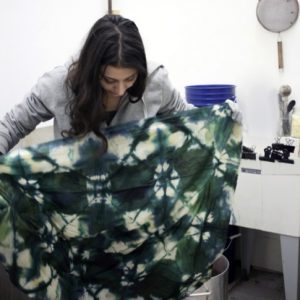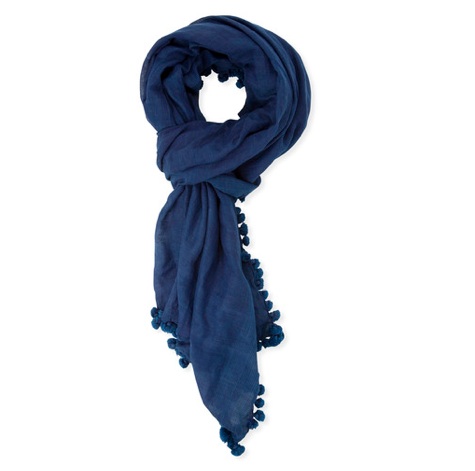A VIP Indigo Dye Party with Sustainable Powerhouses
Last weekend we decided to get some of our favorite Seattle folks together for a private dyeing party and show them how much fun one can have putting color to cloth. In attendance were Sarah Menzies filmmaker, director and general mind-blower of Let Media, model, activist and humanitarian Kate Dillon who works for forestry protection through Code REDD, business coach Tara Wefers as well as Leslie Ross who is keeping Seattle in proper planetary alignment. There were lots of “Oooohs” and Aaahhhhs” and fun new tricks happened upon by accident but the one thing we loved most? Getting a fantastic … Read more







